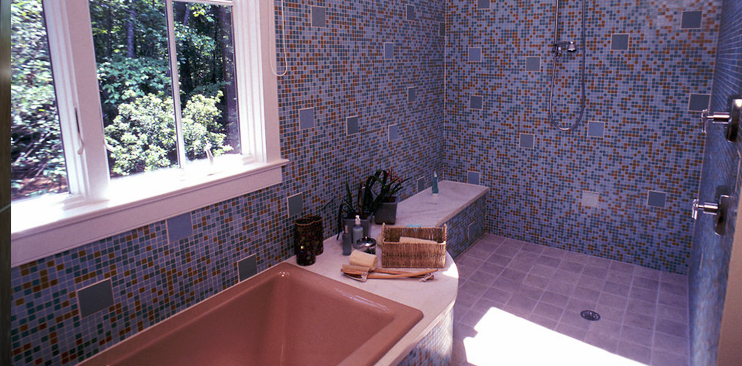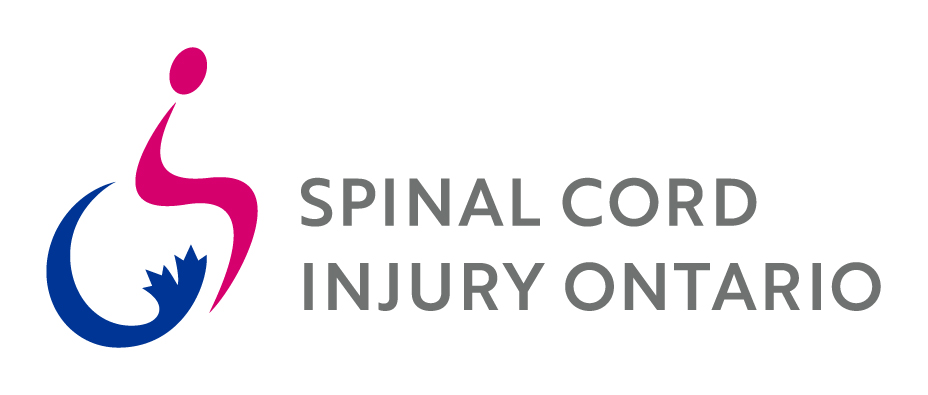At the end of November, I attended the Home Modification Conference in Vaughan, Ontario. This is an annual event that brings together individuals and businesses that are connected with or involved in modifying homes for accessibility.
One of the biggest challenges to making home modifications a reality in Canada is funding. The March of Dimes Canada did a study that showed the average cost to modify a home is $8/day. Yes, you’re reading that correctly! This is the average home modification cost amortized over the lifetime of the renovation.
Sadly, despite the March of Dime’s findings, there is very limited funding available in Canada to modify homes.
The United Kingdom (UK) has addressed the funding question, and I think it’s a model that Canada should look at closely. One of the presenters at the Home Modification Conference was Paul Smith. He is the Director of an organization called Foundations in the United Kingdom. His presentation focused on home adaptations (modifications) in England.
Foundations is a government organization that has been set up to oversee a national network of home improvement agencies (HIAs) across England. Foundations uses a collaborative approach to make connections between the public, private and academic sectors with the goal to effect change. The fact that Paul travelled ‘across the pond’ to share his expertise and experiences working in the UK with the pioneers of the home modification industry in Canada speaks volumes about his dedication to this field.
In the UK, people with disabilities can apply to their local HIA for a grant called ‘Disabled Facilities Grants’ or DFGs, to pay for home modifications. HIAs are located throughout the UK and have a mandate to ensure people are able to stay safe, secure and warm, and remain independent in their own home. To achieve their mandate, they provide grant money to people with a permanent physical disability, learning disability, sensory impairment or mental illness.
In the UK, home owners and tenants have a statutory (legal) right to grant money to adapt their homes. Paul told me that the UK Government invests £500 million per year (approx. $854 million CDN) in the program and it’s based on a simple business case: “If you have a disability, you’re much more likely to remain in your own home if it’s properly adapted. The alternative of moving into care is something no one wants and this costs far more for the individual and the state.”
Grants can be used to pay for:
- Ramps
- Stairlifts
- Through Floor Lifts
- Ceiling Tracks
- Wider Doors
- Accessible Toilet
- Wet Room (bathroom) with Zero Threshold Shower
- Accessible Kitchen
- Improved Heating
- Accessible Controls
- Safety Features
Often, when a person first contacts their local HIA, an Occupational Therapist (OT) is assigned to the file and comes to their home for an assessment. Based on that assessment, the OT will make home modification recommendations.
The grant is means tested (tied to income) and Paul told me it’s a relatively complex calculation. The maximum grant is £30,000 (approx. $51,000 CDN) and the average grant is approx. £8,000 (approx. $13,500 CDN).
Both homeowners and tenants can apply. And you must agree to stay living in the modified home for at least five years. Approximately 40% of applicants are tenants, and 60% are homeowners.
I’m impressed with the UK model for organizing and funding home modifications for a number of reasons. First, the UK government has acknowledged the benefit, both economic and socially, to keeping older adults and people with disabilities in their homes and the community in which they feel comfortable for as long as the person chooses.
Second, having an established network of home modification contractors is crucial and third, the involvement of an OT at the start of the process is another important factor.
Here in Canada, the Canadian Home Builders Association (CHBA) is leading the way with the formation of a network of expert home modification contractors across the country. And the CHBA recognizes and embraces the importance of OTs throughout the process. These are two important steps towards creating a viable and sustainable home modification model in Canada.
For more information on home modifications in the United Kingdom, Foundations or Disabled Facilities Grants you can visit these websites: www.AdaptMyHome.org.uk and www.Foundations.uk.com.
 Jeffrey Kerr, Broker, Barrier Free Real Estate Specialist
Jeffrey Kerr, Broker, Barrier Free Real Estate Specialist
RE/MAX Unique Inc., Brokerage
416-424-2222
www.AccessibleHomeFinder.com
Facebook: @AccessibleHomeFinder.com
Twitter: @barrierfreeRE






